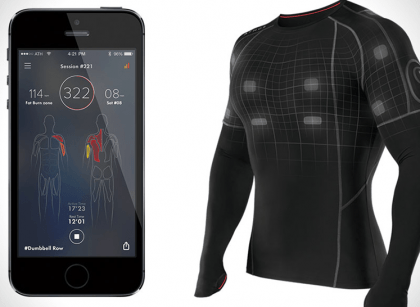What is Piezoelectric energy harvesting?
Piezoelectric energy harvesting is the conversion of waste energy into electrical energy to power machines.
The technology or device used for this conversion is known as Piezoelectric energy harvester.
How Piezoelectric energy can be used, features and downsides
High Flexibility
Piezoelectric energy harvesters can be utilized in many different scenarios to provide low-power, reversible electrical outputs.
They are especially helpful when solar and thermal energies cannot be utilized directly, and make an ideal addition to embedded devices due to not consuming much power and no moving parts.
Unfortunately, their performance is limited by several factors which must be considered before optimizing their use.
The materials that comprise an energy harvester are of paramount importance in its design.
This includes its type (ceramics, polymers, or single crystals), structure, and orientation.
Doping techniques, microstructure modifications, and surface engineering may all be used to increase the performance of piezoelectric materials.
Secondly is its structural design including its geometry and mechanical resonances before finally selecting an optimal electrical load which determines how much vibration energy the harvester absorbs before being converted into output voltage.
Alongside these three factors, other considerations must also be made when trying to increase the efficiency of a piezoelectric energy harvester.
Size, resonance frequency, and efficiency all play key roles in its output voltage.
As is true for any energy harvester, current production from an energy harvester is also essential to its operation.
Many studies have been done to examine its influence on the voltage output of piezoelectric harvesters; various strategies were also devised to enhance current generation by increasing electrode counts or changing resonant frequencies.
Rearranging material stress is another method for increasing the voltage of piezoelectric energy harvesters through geometry change, such as using kirigami patterns on PVDF film sheets for stretchable harvesting energy harvesters with higher voltage output compared to single-element designs with similar piezoelectric materials.
One such kirigami energy harvester design generated currents in both concave and convex directions resulting in higher output voltage than traditional single-element designs of the same piezoelectric material.
Low Power Consumption
Piezoelectric actuators offer several advantages over electromagnetic solenoids for applications requiring rapid mechanical actuation speed and output, particularly in terms of power consumption and compact size.
If operating over an expansive frequency range is necessary or controlling mechanical resonant frequencies is difficult, these attributes may become compromised; nonlinear energy harvesting may help broaden response amplitude and power output by forcing oscillations among different stable positions within a potential well.
PZT is the go-to material for energy harvesters due to its soft nature and ability to generate significant electrical energy at low temperatures, even for large resonant modes.
Vibration sensitivity is comparable with hard ceramics; however, nonlinear techniques like dynamic impedance matching (DIM) may help improve this feature of this material.
Studies on metamaterials and nanostructures for energy harvesting have been performed extensively, typically featuring nontraditional physical properties like negative mass, stiffness, permittivity, permeability, refraction focus/filter traveling elastic waves, or dampening vibrations.
Common energy-harvesting metamaterials include phononic crystals or elliptical acoustic funnels like those created by Carrara et al [267].
Piezoelectric energy harvesters often suffer from inadequate vibration energy transfer to generator components, compounded by their natural frequency often exceeding 1 kHz and being well above most ambient vibrations.
To address this issue, off-resonance harvesters have been developed that operate at lower natural frequencies; typically using cymbal transducers or stacks of piezoelectric materials as means for harvesting energy from vibration.
Recent studies have explored structurally embedded nonlinear mechanisms as an additional means to increase energy harvesting efficiencies of MEMS-based piezoelectric beams and plates.
Cao et al used two-to-one internal resonance mechanisms in 2015 [203] to expand the frequency range of their cantilever beam energy harvester using thermal expansion mismatch between PZT thin film and NiCr-based austenitic steel metal foil substrate, thus creating large biaxial stresses on beam structure, significantly improving harvesting performance.













